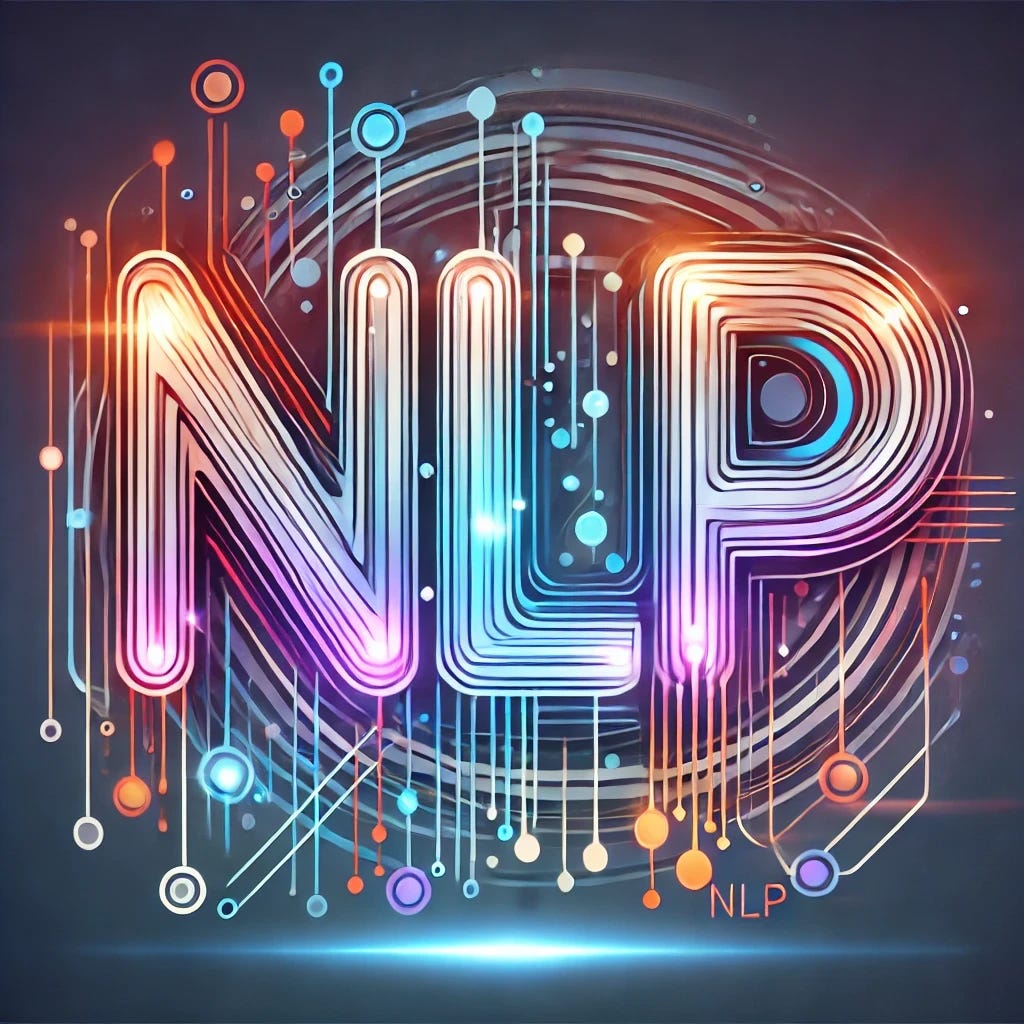Understanding Transformers: The Backbone of Modern NLP
How Self-Attention Mechanisms Revolutionized Natural Language Processing
Transformers have fundamentally changed the landscape of Natural Language Processing (NLP), becoming the foundation of modern NLP models. Their unique architecture, characterized by the self-attention mechanism, enables them to efficiently process and understand sequential data without the limitations of traditional recurrent neural networks. This article delves into the inner workings of transformers, their advantages, key models, and how they have redefined the boundaries of NLP applications.
Note: Some or all of this content may have been created with the assistance of AI to help present the information clearly and effectively. While AI can be a useful tool for content generation, it is not infallible and may occasionally make mistakes or omit nuances. My goal is to provide valuable insights while being fully transparent about the methods used to produce this content.
The Genesis of Transformers: A Solution to RNN Limitations
Before transformers, Recurrent Neural Networks (RNNs) and their variants, such as Long Short-Term Memory (LSTM) networks, were the standard models for processing sequential data. While effective for many tasks, RNNs faced several challenges:
Sequential Processing: RNNs process data sequentially, meaning that each word in a sentence must be processed one at a time. This makes parallelization difficult and slows down training.
Long-Range Dependencies: RNNs struggle with long-range dependencies due to the vanishing and exploding gradient problems, making it hard to capture relationships between distant words in a sequence.
Memory Constraints: Storing information over long sequences is challenging for RNNs, which often leads to a loss of context.
To overcome these limitations, the transformer model was introduced by Vaswani et al. in their groundbreaking paper "Attention Is All You Need" (2017). The transformer architecture eliminated the need for sequential data processing, enabling faster and more efficient training.
Core Concepts of Transformers: Self-Attention and Positional Encoding
The transformative power of transformers lies in two key concepts: self-attention and positional encoding.
Self-Attention Mechanism: Self-attention allows the model to weigh the importance of each word in a sentence relative to every other word. This is achieved through three main components:
Query (Q): Represents the word being considered.
Key (K): Represents the reference words for comparison.
Value (V): Represents the information about the reference words.
The self-attention mechanism calculates a weighted sum of the values, using a similarity score between the query and key to determine the importance of each word in the context of the sentence. This enables the model to capture relationships between words, regardless of their position in the sequence.
Positional Encoding: Since transformers do not process data sequentially, they lack an inherent sense of order in the input sequence. Positional encoding addresses this by adding a unique vector to each word's embedding, based on its position in the sequence. This allows the model to differentiate between words based on their order, ensuring that the sequence structure is maintained.
The Transformer Architecture: Layers and Blocks
The standard transformer model consists of two main components: the encoder and the decoder, each composed of multiple layers.
Encoder:
The encoder is a stack of identical layers, each containing two sub-layers: a multi-head self-attention mechanism and a feed-forward neural network.
The self-attention mechanism allows the model to attend to different parts of the input sequence simultaneously, capturing complex dependencies between words.
The feed-forward network is applied to each position independently, transforming the input representations into a form suitable for subsequent processing.
Decoder:
The decoder is also a stack of identical layers, but with an additional sub-layer for attention over the encoder's output. This enables the decoder to incorporate information from the entire input sequence while generating each word in the output sequence.
Like the encoder, the decoder uses a multi-head self-attention mechanism and a feed-forward neural network.
Multi-Head Attention:
The multi-head attention mechanism allows the model to jointly attend to information from different representation subspaces at different positions. Instead of performing a single attention function, multi-head attention runs several attention mechanisms in parallel, called "heads," and concatenates their outputs. This enhances the model's ability to focus on various aspects of the input sequence simultaneously.
Key Transformer Models: BERT, GPT, and Beyond
Several transformer-based models have set new benchmarks in various NLP tasks:
BERT (Bidirectional Encoder Representations from Transformers):
BERT, introduced by Google in 2018, utilizes a bidirectional training approach, considering context from both left and right sides of a word. This deep bidirectional representation allows BERT to capture nuanced word meanings and perform exceptionally well on tasks like question answering and sentiment analysis.
GPT (Generative Pre-trained Transformer):
GPT, developed by OpenAI, uses a unidirectional approach, generating text one word at a time from left to right. GPT models, particularly GPT-2 and GPT-3, have shown remarkable capabilities in generating coherent and contextually relevant text, making them highly effective in tasks like text completion and dialogue generation.
Transformer-XL:
Transformer-XL extends the standard transformer model by introducing recurrence to handle long sequences. It segments long sequences into shorter chunks and reuses hidden states across segments, effectively capturing long-term dependencies.
T5 (Text-to-Text Transfer Transformer):
T5, developed by Google, reframes all NLP tasks as text-to-text problems, simplifying the model training process. This unified approach allows T5 to perform well across a wide range of tasks, from translation to summarization.
Applications of Transformers: From NLP to Multimodal Learning
Transformers have proven their versatility beyond traditional NLP tasks:
Natural Language Understanding:
Transformers excel in tasks like named entity recognition, sentiment analysis, and machine translation. Their ability to understand context at a deep level enables them to perform complex linguistic tasks with high accuracy.
Question Answering:
Models like BERT and RoBERTa have set new standards in question answering benchmarks, accurately predicting answers based on context and understanding nuanced queries.
Text Generation:
GPT models have showcased the power of transformers in generating human-like text. They can create coherent essays, poems, and even programming code, demonstrating their potential in creative and technical domains.
Multimodal Learning:
Transformers are now being applied to multimodal tasks, integrating information from different sources such as text, images, and audio. This has led to the development of models like VisualBERT and CLIP, which understand both visual and textual data, enabling applications like image captioning and visual question answering.
Challenges and Future Directions for Transformers
Despite their success, transformers face several challenges:
Computational Resources:
Training large transformer models requires significant computational power and memory. This poses a barrier to entry for researchers and organizations with limited resources.
Data Requirements:
Transformers require vast amounts of data to train effectively. For specialized applications, obtaining enough high-quality labeled data can be challenging.
Interpretability:
The complex architecture of transformers makes them difficult to interpret. Understanding why a model makes a particular decision remains an open research question, with implications for trust and reliability in AI systems.
Environmental Impact:
Training large transformer models has a substantial environmental footprint due to high energy consumption. Developing more efficient models and training techniques is crucial for sustainable AI development.
Transformers have become the backbone of modern NLP, revolutionizing the way we process and understand language. Their ability to capture complex dependencies and generate coherent text has opened new possibilities in various applications, from chatbots to content creation. As research continues to refine and expand transformer capabilities, we can expect even more groundbreaking advancements in the field of NLP and beyond.





